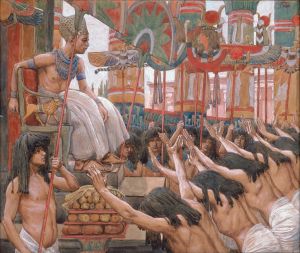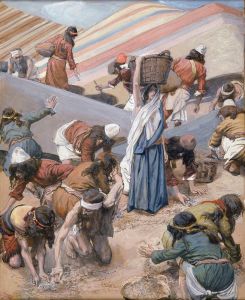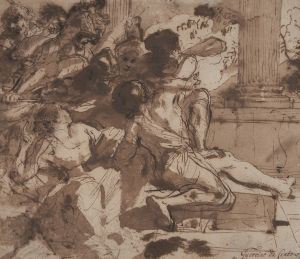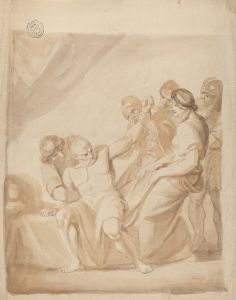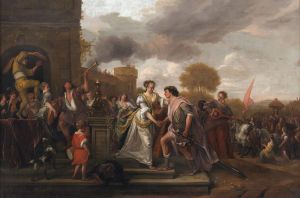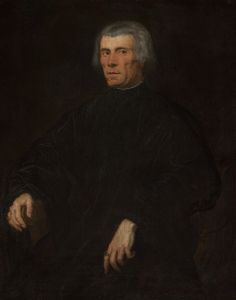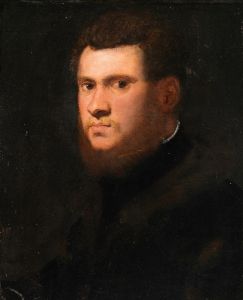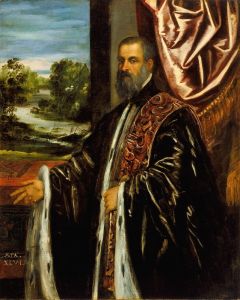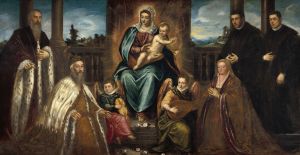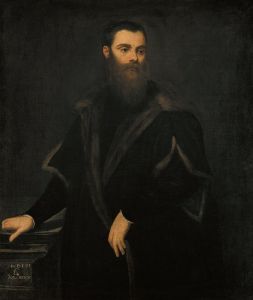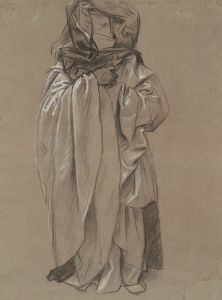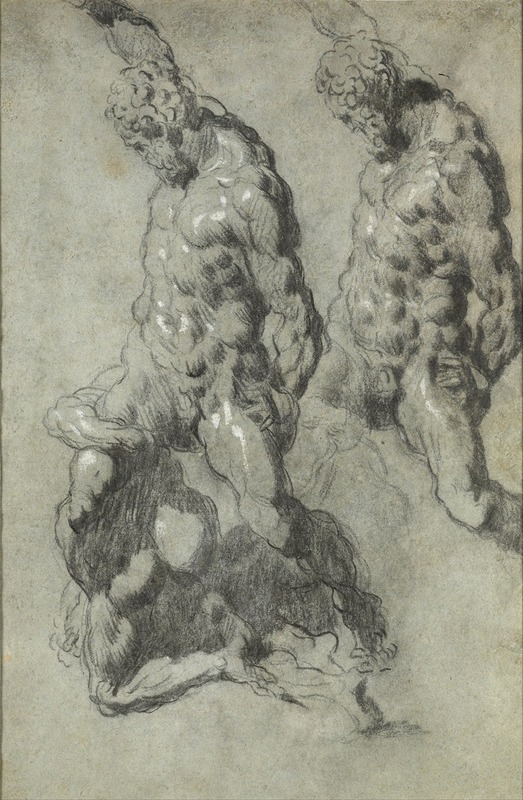
Two Studies of Samson Slaying the Philistines
A hand-painted replica of Jacopo Tintoretto’s masterpiece Two Studies of Samson Slaying the Philistines, meticulously crafted by professional artists to capture the true essence of the original. Each piece is created with museum-quality canvas and rare mineral pigments, carefully painted by experienced artists with delicate brushstrokes and rich, layered colors to perfectly recreate the texture of the original artwork. Unlike machine-printed reproductions, this hand-painted version brings the painting to life, infused with the artist’s emotions and skill in every stroke. Whether for personal collection or home decoration, it instantly elevates the artistic atmosphere of any space.
Jacopo Tintoretto, a prominent Venetian painter of the late Renaissance, is known for his dynamic compositions and dramatic use of light and shadow. Among his works, Two Studies of Samson Slaying the Philistines is a notable example of his preparatory studies, showcasing his mastery of anatomical detail and movement. These studies are not finished paintings but rather drawings or sketches that Tintoretto created as part of his artistic process to explore composition and figure placement.
The studies depict the biblical story of Samson, a figure from the Book of Judges in the Old Testament, who was granted extraordinary strength by God. In the narrative, Samson uses the jawbone of a donkey to slay a thousand Philistines, an act of divine vengeance and physical prowess. Tintoretto's studies focus on the intense physicality and drama of this moment, emphasizing the muscular tension and dynamic poses of the figures involved.
As preparatory works, these studies reveal Tintoretto's approach to capturing motion and emotion. His use of bold lines and energetic strokes suggests a keen interest in the human form and its capacity for expression. The studies also reflect the influence of Michelangelo, whose works Tintoretto admired and often drew inspiration from, particularly in his treatment of anatomy and movement.
The exact date of the creation of Two Studies of Samson Slaying the Philistines is not documented, but it is consistent with Tintoretto's broader body of work, which spans the mid-16th century. These studies are typically associated with his preparation for larger commissions, as Tintoretto was known for his ambitious and large-scale paintings, often created for churches and public spaces in Venice.
The current location of these studies is not specified in available records, but many of Tintoretto's drawings and preparatory works are housed in collections across Europe, including the Louvre in Paris and the British Museum in London. These institutions hold significant examples of his draftsmanship, which provide insight into his creative process and artistic development.
In summary, Two Studies of Samson Slaying the Philistines exemplifies Jacopo Tintoretto's skill in capturing dramatic narratives and his dedication to preparatory work as a foundation for his larger compositions. These studies remain an important part of understanding the artist's methods and his contributions to the art of the Renaissance.





